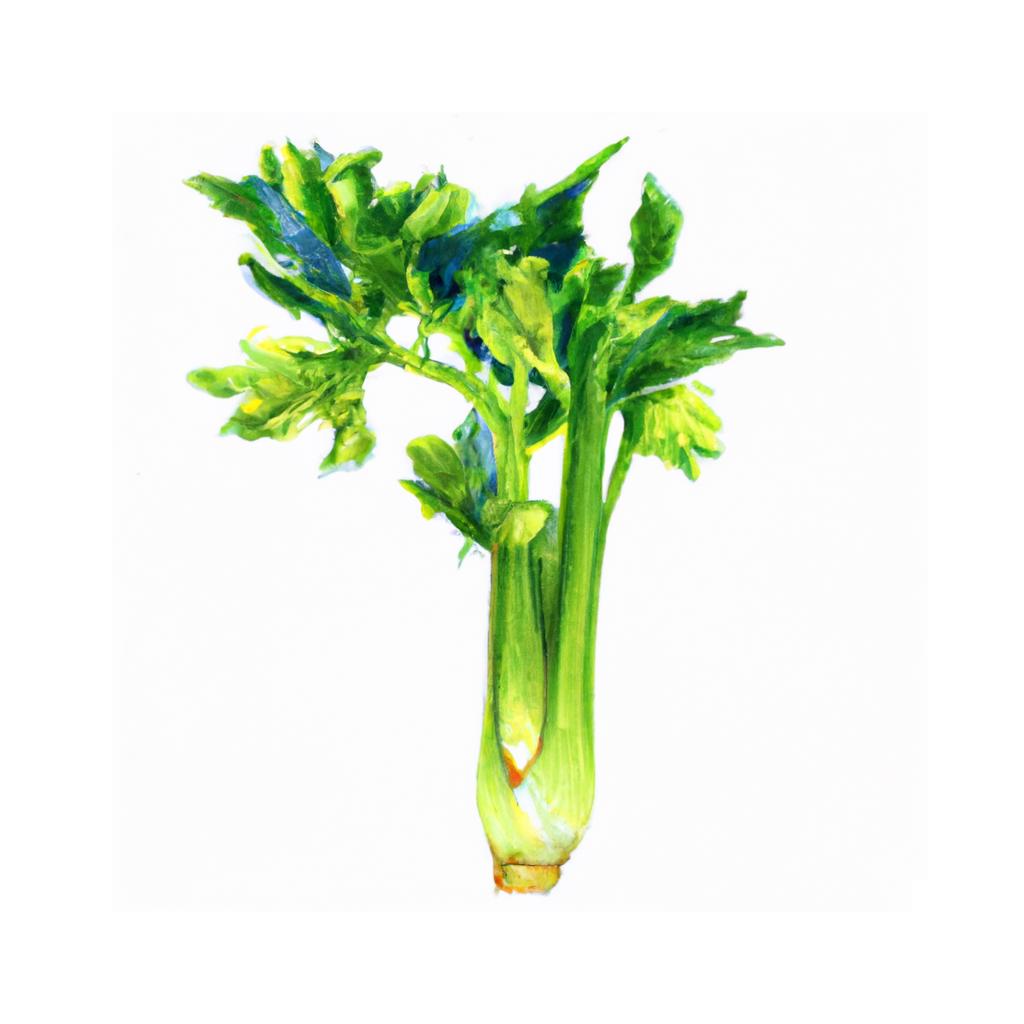
Celery is a versatile vegetable that belongs to the Apiaceae family, which also includes carrots, parsley, and parsnips. Its scientific name is Apium graveolens, and it is native to the Mediterranean region, where it has been grown and used for thousands of years. Celery has a crisp texture and a mild, slightly bitter taste that many people find refreshing.
The history of celery dates back to ancient Greece and Rome, where it was considered medicinal and used as an aphrodisiac. It wasn't until the Middle Ages that celery was cultivated as a food crop. During the 17th and 18th centuries, horticulturists began developing new varieties with larger, more tender stalks and leaves, making celery more popular and widely available.
Celery is rich in antioxidants, vitamins, and minerals, especially vitamin K, vitamin C, potassium, and fiber. It has long been believed to have various health benefits, such as reducing inflammation, protecting against oxidative stress, and promoting a healthy digestive system. While some claims about its health benefits are not scientifically proven, celery remains a nutritious and low-calorie addition to any diet.
In the culinary world, celery is incredibly versatile and can be enjoyed both raw and cooked. It adds a distinctive crunch and flavor to salads, soups, stews, and stir-fries. Raw celery sticks are a popular snack, often served with dips like hummus or peanut butter. In classic dishes like Waldorf salad and chicken salad, celery provides a pleasing contrast of texture and taste. Celery is also a key ingredient in the French mirepoix, a mixture of onions, carrots, and celery that serves as a base for many sauces and soups.
This is advice is most applicable to growers in the UK, you may need to adjust the timings if you live somewhere with a different climate and/or seasons.
| Month | Tasks | Advice |
|---|---|---|
| January | - | - |
| February | Start seeds indoors, | Sow celery seeds indoors in trays or pots using seed compost. Keep soil temperature around 15°C for better germination. |
| March | Monitor seedlings, | Keep monitoring the celery seedlings and maintain adequate moisture and light. |
| April | Harden off seedlings, Plant out seedlings, | Gradually harden off celery seedlings during the month and transplant them outdoors when nighttime temperatures are consistently above 5°C. Plant them approximately 30 cm apart. |
| May | Water regularly, | Maintain consistent moisture in the soil and ensure each plant receives at least 2-3 cm of water per week. |
| June | Water regularly, Fertilize, | Keep watering regularly and use a balanced fertilizer every few weeks to promote healthy growth. |
| July | Water regularly, Fertilize, | Continue to water and fertilize your celery plants throughout July for optimal growth. |
| August | Water regularly, | Keep up with watering and start harvesting your celery by cutting off the stalks at the base once they have reached a desirable size. |
| September | Harvest, | Continue to harvest your celery throughout September. |
| October | - | - |
| November | - | - |
| December | - | - |